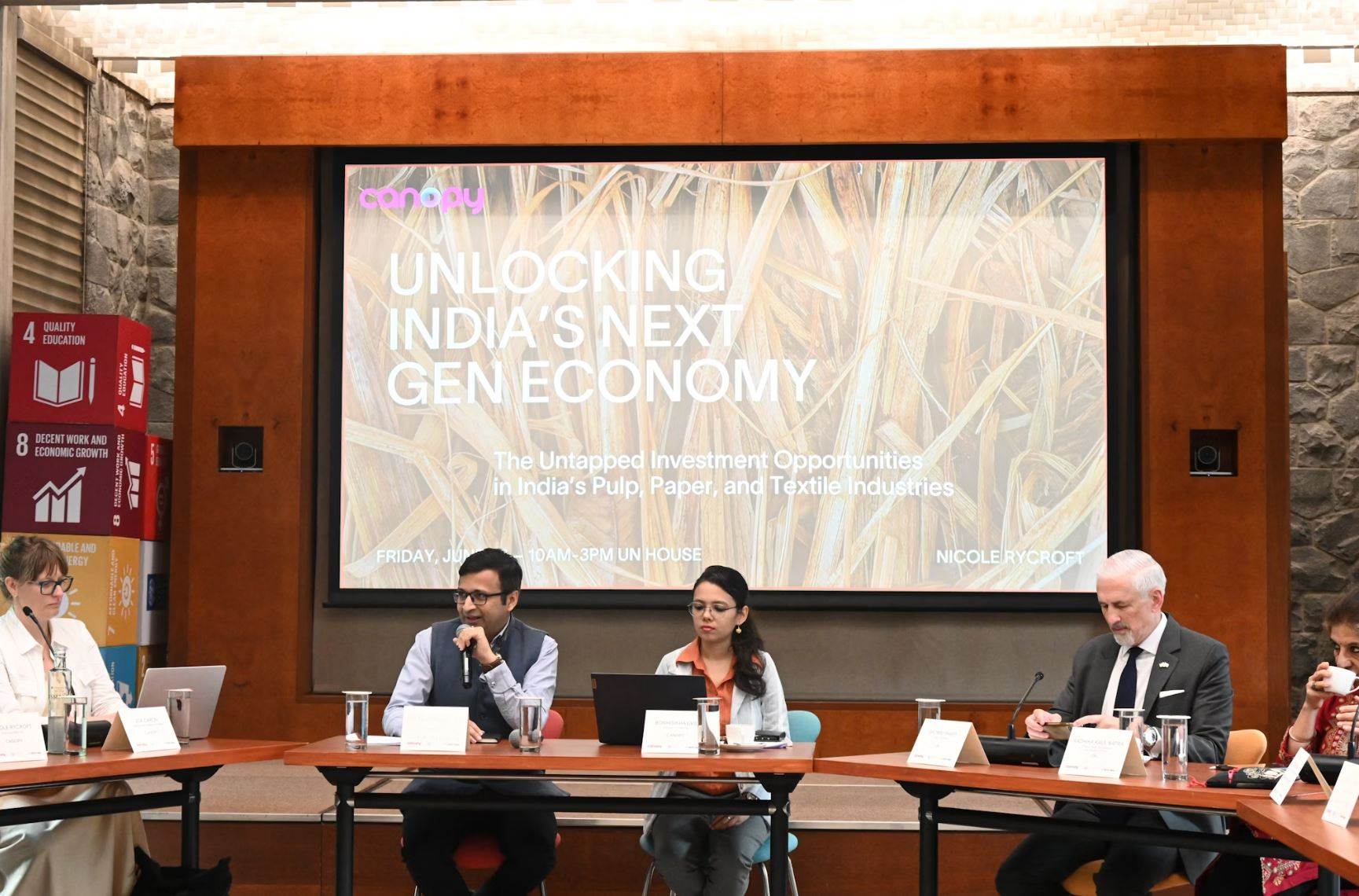US backing could drive India’s next-gen materials growth
17/07/2025

At a roundtable called ‘India’s Next Gen Fibre Ecosystem: Textiles and Packaging’, it brought together investors, policymakers and companies to align on scaling next generation materials.
The country’s non-wood-pulp infrastructure, textile-recycling capacity, technical expertise and growing regulatory alignment mean it has capacity to scale to over 10 million tonnes of next gen fibre production, and up to $15 billion of investment flow, annually, by 2033, said Canopy.
India’s agricultural economy, which supports over 60% of the population, stands to benefit. By using crop residues such as wheat straw and rice husks as pulp feedstock, the sector can generate new income streams for smallholder farmers and rural collectors. Likewise, if poly/cotton textiles can recycled with new technologies, they could produce extra income for textile-waste collectors, they said.
The partners are advancing a $2 billion US blended-finance platform to accelerate infrastructure deployment, from greenfield mills and retrofits to feedstock aggregation and advanced textile recycling. If successful, the platform will offer a model that can support transitions beyond India. The ambition is to lay groundwork for a public announcement ahead of November’s COP30 in Belém, Brazil, where forest finance and industrial decarbonisation will be central themes.
Over 1,000 Canopy brand, innovator and producer partners, with collective annual revenues exceeding $2 trillion, have committed to phasing out fibre from ancient and endangered forests in preference of next gen fibre.






